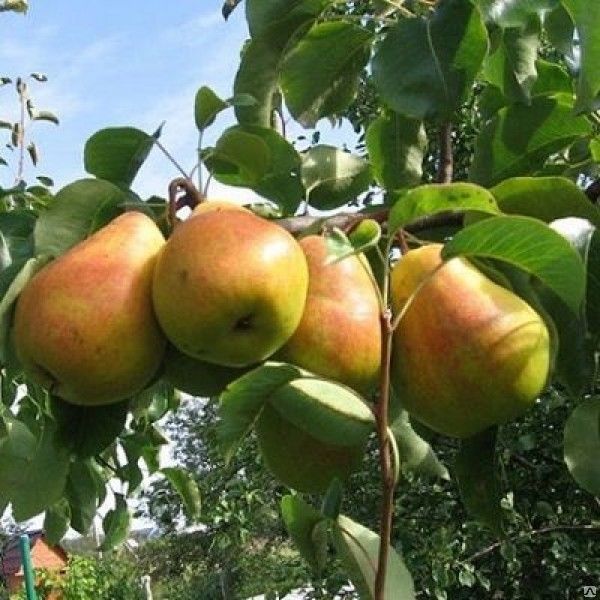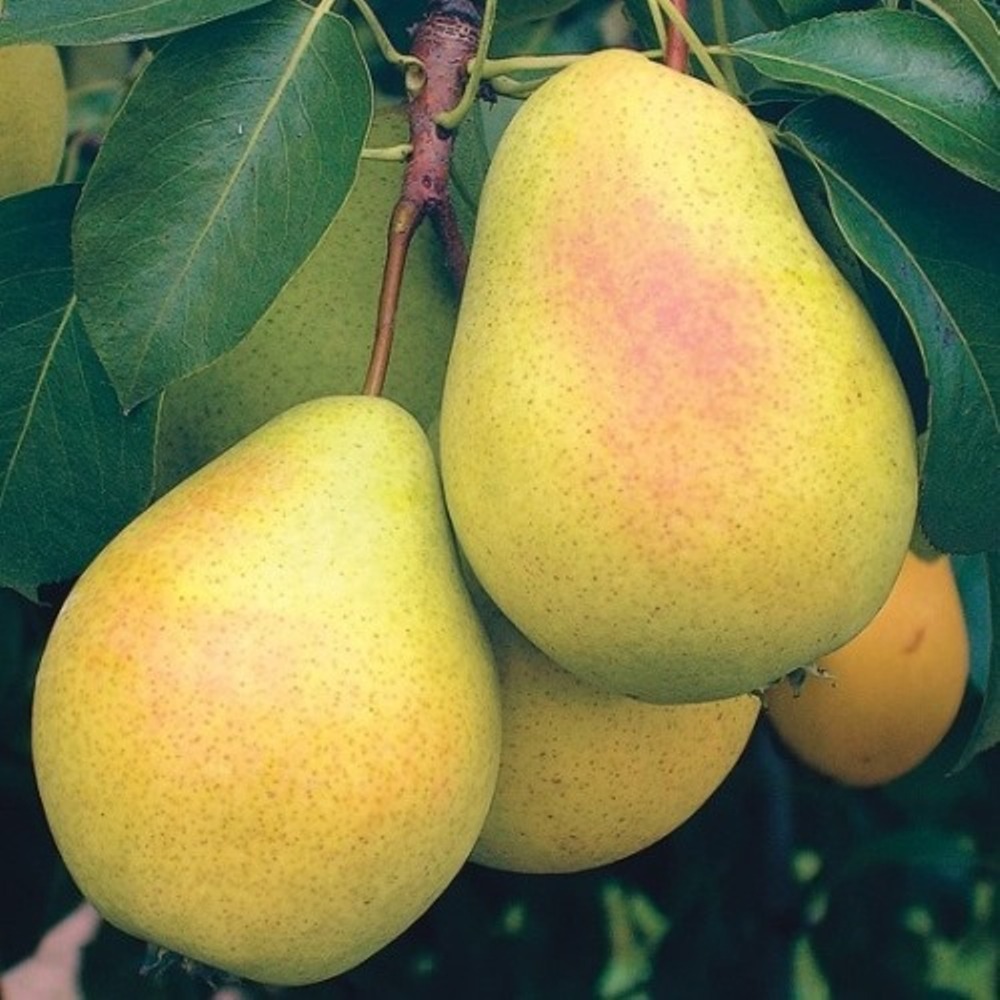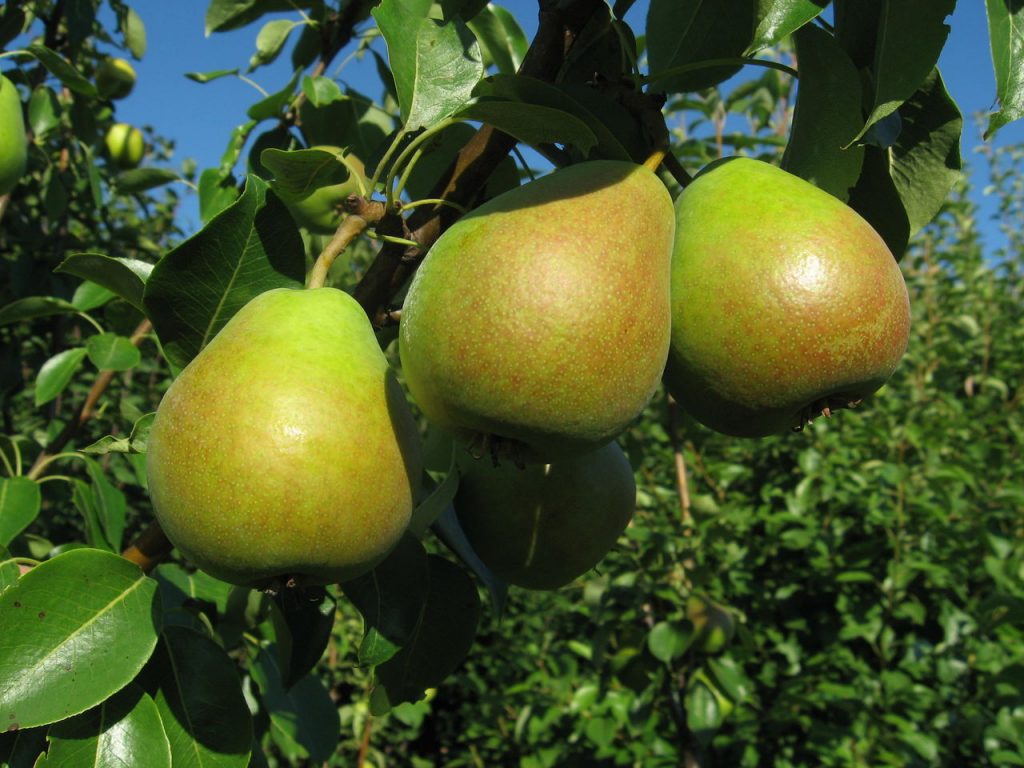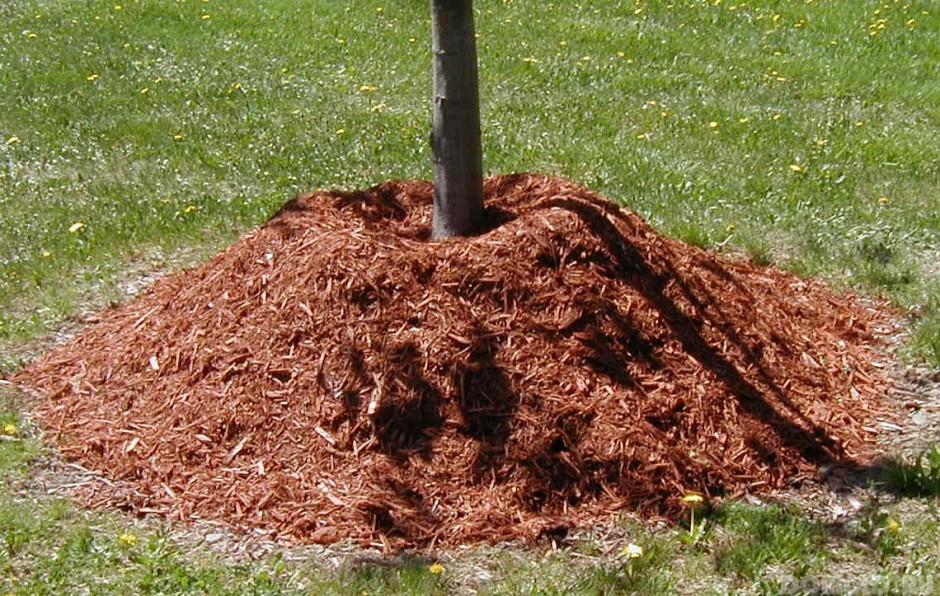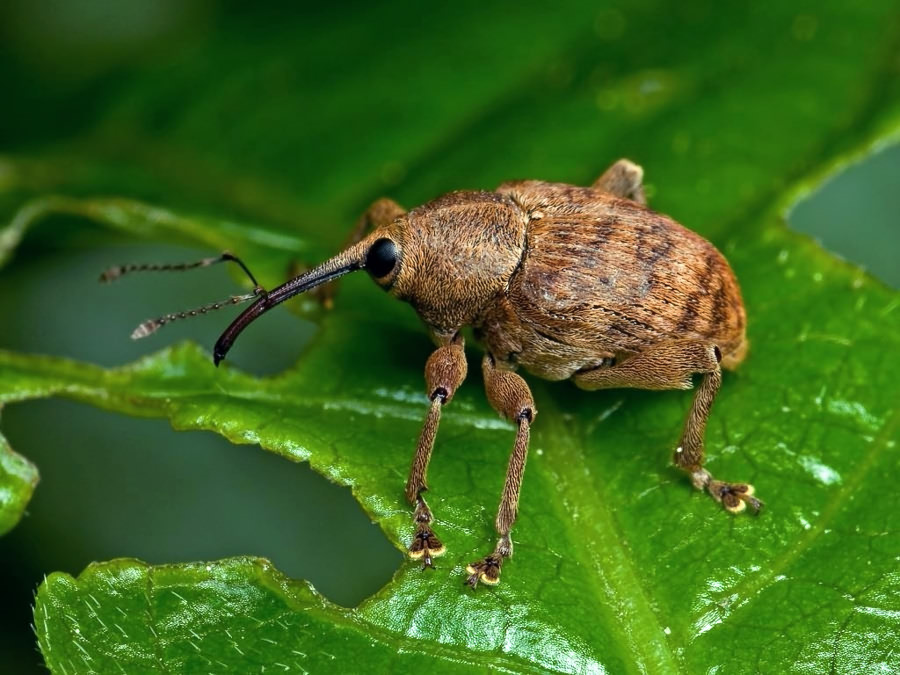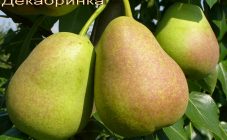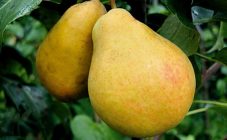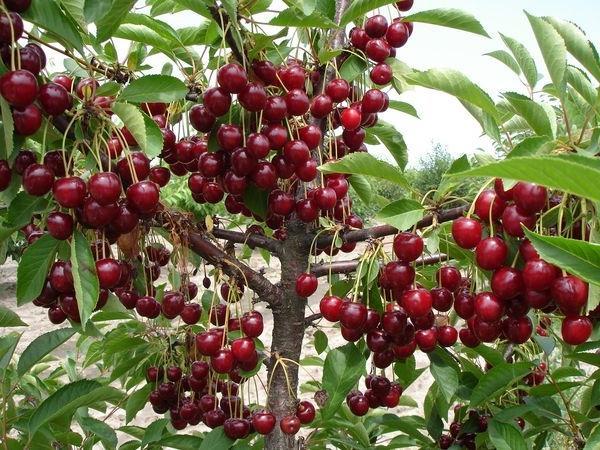Content:
Pear is one of the most delicious and aromatic fruits. Summer pear trees bear fruit early: from late July or early August, depending on the varietal variety. Today, there are numerous summer varieties of pears, differing in terms of agronomic and gastronomic characteristics of fruits.
Ten most popular varieties
- August dew is a cold-resistant, high-yielding variety. The tree is of the stunted type. Thickening of the crown part is average, foliage growth is directed downward. The pear is green, medium-sized, short-pear-shaped, with no ribs. The surface of the peel is even. The pulp is of a snow-white shade with a juicy consistency, the structure of which is fine-grained. The varietal variety is resistant to most diseases.
- Summer Duchess is a relatively cold-resistant and drought-resistant variety. Landing belongs to the type of medium height. The crown thickening is strong, the spreading is wide, the shape is pyramidal. Pear of a bright yellow hue, medium size, oblong pear-shaped. The peel is thin. On the surface, the fruit has irregularities. The pulp is a snow-white or creamy shade, the consistency of which is juicy. The varietal variety is scab resistant. It is susceptible to damage by insects such as aphids and copperhead.
- Cathedral is a cold-resistant medium-yielding variety. The agronomic description of the variety of this golden pear makes it possible to classify it as a medium-sized one. Thickening of the crown part is average, conical shape. Pear light yellow, medium size, regular pear-shaped. The surface of the peel is smooth, glossy and slightly oily. The pulp is of a snow-white shade, with a juicy consistency, with a medium-dense structure, characterized by fine-grained and semi-oily. The varietal variety is resistant to scab disease.
- Severyanka is a highly cold-resistant fruitful variety, the fruits of which are not uniform. The tree is of the stunted type. Thickening of the crown is medium, wide-pyramidal shape. The color of the pear is yellow, the size is small, the shape is truncated-conical. The peel is dense, the surface is dull. The pulp is of a creamy shade (a similar description has a golden pear variety), the consistency is juicy, the structure is medium-dense. The varietal variety is resistant to most diseases.
- Skazochnaya is a cold-resistant medium-yielding variety similar in this characteristic to the Karachaevets variety. Planting is of the tall type. The crown thickening is strong, the shape is narrow-pyramidal, similar to the Mlievsky pear variety. Fruit color is green, large size, pear-shaped. The peel is dryish, the surface is dull. The pulp is of a snow-white shade, with a very juicy consistency and a medium-dense structure, characterized by semi-oily. The variety is resistant to scab and pear gall mites.
- Chizhovskaya is a cold-resistant variety. The tree belongs to the type of medium-sized. The crown thickening is strong, the shape is pyramidal. Pear is green-yellow in color, medium-sized, pear-shaped. The peel is thin, the surface is even. The pulp is of a snow-white shade, with a melting consistency, like that of the Lesnaya Krasavitsa variety, characterized by semi-oily. The varietal variety is resistant to scab and most other diseases.
- Prominent is a good pear, but not suitable for long-term storage. The shape of the crown is spreading. The color of the fruit is golden, the size is medium, the shape is elongated and pear-shaped. The surface is bumpy. The color of the pulp is white, the consistency is juicy. The varietal variety is resistant to most diseases.
- Moskovskaya is a cold-resistant variety, unsuitable for long-term storage, the fruits of which are prone to overripe. Planting is of the stunted type. A pear of a green-yellow hue, weighing 90 grams. The consistency of the pulp is juicy, the taste is sweet-sour, with a nutmeg aroma. The variety is prone to scab disease.
- Marble is a cold-resistant, high-yielding dessert variety. Landing belongs to the type of medium height. Thickening of the crown is medium, wide-pyramidal shape. A pear of a green-pink hue, medium size, weighing 140 grams (slightly more than a pear of the Vesely variety), round-conical in shape. The pulp is snow-white or creamy, with a very juicy consistency and a coarse-grained structure with a sweet taste.
- Rogneda is a yellow-fruited pear with a nutmeg aroma. Landing belongs to the type of medium height. Thickening of the crown is medium, wide-pyramidal shape. A pear of a light yellow hue, round in shape (the Karataevskaya pear has a similar external description), weighing 120 grams. The pulp is beige-white, with a juicy consistency and medium-dense structure, characterized by butteriness and sweet taste. The varietal variety is resistant to scab and fruit rot.
Agricultural technology of cultivation
A prerequisite for proper care of the pear tree is the regular cleaning of the near-trunk area from weeds.
An early pear seedling, including a variety with a high cold-resistance index, when grown in regions with a harsh climate, must be covered for the winter. The procedure for this procedure is as follows:
- treat burlap with one of the existing anti-mice drugs:
- diesel fuel;
- dust;
- Birch tar.
- wrap the trunk with a treated covering material;
- Prepare insulation by mixing some of the straw with the following mice repellent ingredients:
- black-root stems;
- wormwood;
- tansy;
- black elderberry;
- red elderberry;
- elderberry herb;
- mint.
- bury the lower end in the autumn soil by 3 centimeters;
- in winter - tamp down with a layer of fallen snow.
How to water a pear properly
In the first months, the pear tree should be watered once a week, in the amount of two buckets per seedling. In the future, the volume of water used for irrigation is increased, and the interval between each irrigation procedure is reduced to twice a month. In the near-wellbore area, it is necessary to create two small ditches, filled with water from a hose. After watering mature pears, the soil should be loosened and mulched to provide oxygen and to prevent crusting on the surface.
How to fertilize pear trees
Note! Excessive application of nitrogenous fertilizers should be avoided.
A small amount of nitrogen fertilizers should be used for the first 3 years when the plant is in the leafing stage. Application of nitrogen fertilizers over the next years may be required if signs of nitrogen starvation appear:
- stunting;
- decrease in the number of annual increments;
- clarification of leaves;
- underdeveloped pear leaf.
Organic fertilizers should be applied every 4 years. Fertilizing pears with a complex of minerals is necessary every year.
Organic fertilization procedure:
- apply the first phosphorus-potassium fertilizer into the trench;
- mix the mineral mixture with the ground, avoiding contact of the mixture with the root system;
- fill with half a bucket of compost or humus;
- cover with a layer of earth.
It is permissible to use fertilizers such as nitrophoska or kemira. It is also possible to add 3 glasses of wood ash to the near-trunk area along the diameter of the crown part. Before the autumn digging, a complete mineral complex is introduced with the addition of humus.
About pest control
The pear belongs to pome fruit crops, which makes it susceptible to the following negative factors:
- fungal diseases;
- the formation of bacterial foci;
- infection with viral diseases;
- negative impact of insect pests.
The lesions - the leafy part and the fruits, often turn out to be affected separately.
Thus, in order to prevent the occurrence of one of the listed negative factors, it is necessary to take preventive measures.
Supplement to the list of varieties
List of early varieties of pears that are no less famous among gardeners:
- Golden;
- Karachaevskaya pear;
- early June pear;
- pear Bashkir summer - a variety whose homeland is Bashkiria;
- early July pear;
- early yellow pear;
- April;
- pear grade Mlievsky;
- pear grade Voskresensky;
- pear Lipotics June.
How to choose the right variety
From the variety of varietal names presented to date, you can choose the best variety for your garden, focusing on a number of criteria:
- cold resistance (frosts from late October to March);
- the taste that distinguishes the early summer pear;
- quantitative varietal indicator of yield;
- self-fertility;
- the time of the summer pear entering fruiting.
There are a large number of pear varieties, differing in color: golden, green, pink or red pear, and fruit shape, gastronomic properties, surface structure and much more.
The choice of the required varietal variety depends on the taste and aesthetic preferences of the gardener, as well as on the parameters and regional location of the backyard and what kind of weather is characterized by summer and the first autumn month of autumn in this area. Observing the correct cultivation technique, you can get a good harvest of fragrant and healthy fruit fruits.
